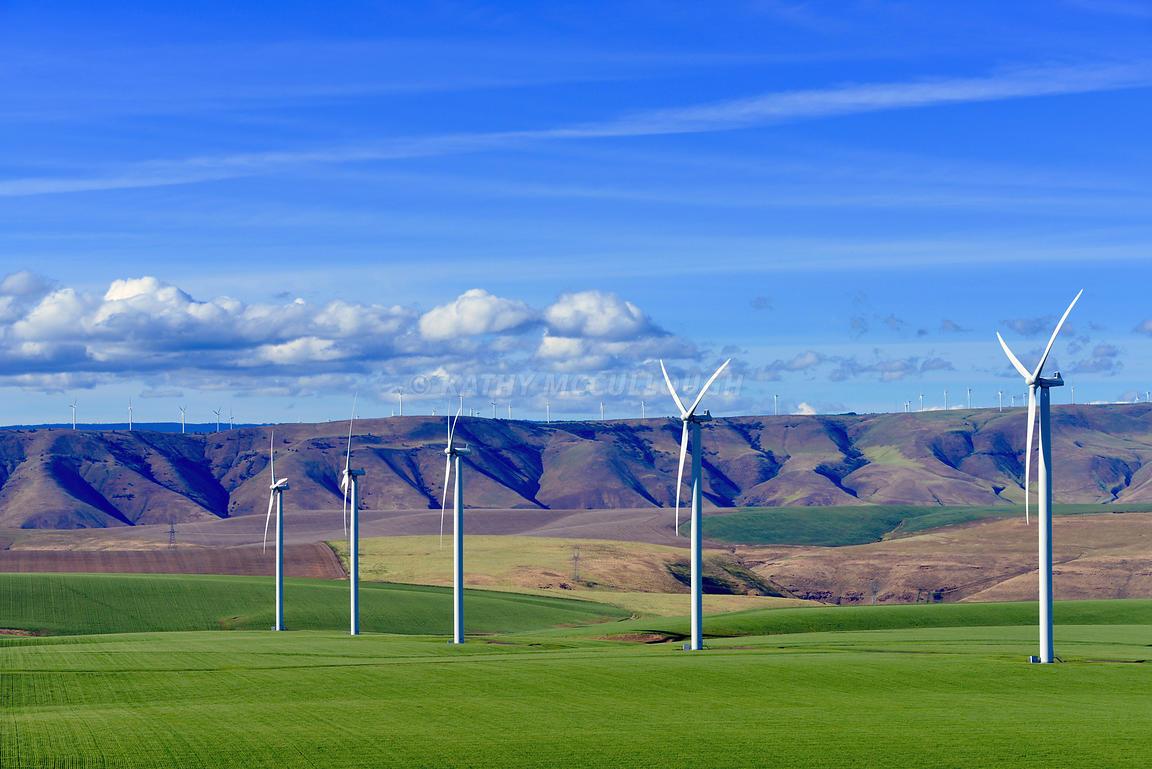Repowering, Offshore & Floating: The Future of Wind Towers in North America

Introduction
The North America Wind Tower Market is expanding as the United States and Canada accelerate wind energy deployment to achieve carbon reduction goals, enhance energy security, and transition toward cleaner power generation. Wind towers serve as critical structural components that elevate turbines to optimal heights for maximum wind capture and efficient energy output. With the region advancing both onshore repowering and large-scale offshore wind development, demand is rising for tubular steel towers, hybrid concrete–steel towers, and offshore substructures such as monopiles, jackets, and floating foundations. Policy support—including the U.S. Inflation Reduction Act (IRA), state-level renewable targets, Canadian provincial clean energy programs, and green financing initiatives—is fueling investment across the wind sector. The North America wind tower market is projected to grow steadily, driven by onshore upgrades, offshore project buildouts along the Atlantic and Pacific coasts, and supply chain localization to support long-term energy transition.
Market Drivers
Government incentives, tax credits, and decarbonization policies are among the strongest market drivers. In the U.S., the IRA extends production and investment tax credits for wind projects, supporting long-term investor confidence and boosting demand for domestically sourced wind towers. State-level renewable portfolio standards (RPS), particularly in coastal states such as New York, New Jersey, Massachusetts, and California, are driving procurement of offshore wind towers and foundations. Repowering of aging onshore wind farms—especially in the Midwest and Texas—drives replacement demand for taller towers to improve capacity factors and energy yield. Increasing corporate power purchase agreements (PPAs), as large companies commit to renewable energy consumption targets, further accelerate wind project pipelines. Offshore wind momentum is growing with multi-gigawatt projects planned or underway along the U.S. East Coast, while Canada is advancing new onshore expansions and early-stage offshore planning.
Market Challenges
Supply chain limitations, especially for large-diameter steel tower sections and offshore foundation components, create bottlenecks in timelines and project costs. Logistics remain a critical challenge: transporting oversized tower sections across highways and rail networks involves route planning, permitting, and escort constraints. Offshore wind faces additional hurdles, including limited U.S. installation vessels, port readiness, and workforce shortages specialized in offshore fabrication and construction. Steel price volatility directly impacts tower manufacturing margins, while quality deviations in welding, flanges, and coatings can increase rework and warranty risks. Regulatory complexity, public opposition, and lengthy permitting processes for both onshore and offshore projects may cause delays. For offshore wind, challenges around marine life protection, fisheries coordination, and grid interconnection add to project complexity.
Market Opportunities
Local manufacturing expansion for wind towers and offshore foundations offers strong growth potential, aligned with “Made in America” provisions and domestic content incentives under the IRA. Modular and hybrid concrete–steel towers enable taller hub heights without specialized oversized transport, unlocking better wind conditions in inland states. The emerging floating wind segment—particularly on the U.S. West Coast—creates new opportunities for specialized floating platforms, tower–floater interfaces, and mooring systems. Repowering provides ongoing demand for upgraded towers as developers replace older turbines with higher-capacity models. Advanced corrosion-resistant coatings, thermal-sprayed aluminum, and long-life paint systems tailored for offshore usage represent value-added opportunities. Digitized tower solutions using embedded sensors for structural health monitoring, fatigue tracking, and predictive maintenance can reduce lifetime costs and increase asset reliability. Partnerships between steel mills, fabricators, and offshore logistics hubs are paving the way for dedicated wind industrial clusters.
Regional Insights
The U.S. dominates the North America Wind Tower Market with strong development in the Midwest, Texas, Plains states, and increasing activity along the East and West Coasts for offshore wind. Texas and the Midwest region—including Iowa, Oklahoma, Kansas, and South Dakota—remain the backbone of onshore wind installations due to abundant land and favorable wind resources. The U.S. Northeast and Mid-Atlantic states—New York, New Jersey, and Massachusetts—lead offshore wind development, supported by port upgrades and manufacturing hubs in New York, New Jersey, and Virginia. On the West Coast, California, Oregon, and Washington are focusing on floating wind deployment due to deeper coastal waters. Canada shows steady onshore expansion across Alberta, Saskatchewan, Ontario, and Quebec, supported by utility procurement and provincial clean-energy plans. Canada’s early groundwork for offshore exploration—particularly in Nova Scotia and Newfoundland—signals future demand.
Future Outlook
The future of the North America Wind Tower Market will be shaped by supply chain localization, taller tower adoption, and the rise of offshore and floating wind. Domestically manufactured towers and foundations will gain increased preference to secure IRA-linked tax credits, reduce logistics costs, and minimize import risks. Taller onshore towers above 120–140 meters will become more common as developers optimize for higher capacity factors. Offshore wind will accelerate, with serial production of monopiles, jackets, and floating platforms expected as projects move from permitting to construction. Workforce development, standardized designs, robotic welding, and digital quality systems will improve productivity and cost efficiency. Sustainability initiatives will drive adoption of green steel and low-carbon manufacturing. By the late 2020s, floating wind is expected to scale on the U.S. West Coast, generating new demand for specialized tower solutions and port infrastructure.
Conclusion
The North America Wind Tower Market is entering a growth phase fueled by policy support, repowering, and expansion of both onshore and offshore wind. While challenges such as supply chain capacity, logistics constraints, and permitting delays persist, localization of manufacturing, technology advancements, and rising energy transition commitments are strengthening the market outlook. Offshore wind—particularly along the U.S. East and West Coasts—will unlock new value pools for towers, foundations, and port-based industrial hubs, while onshore demand remains stable through repowering and taller tower deployment. Companies that prioritize domestic content, innovative manufacturing, and digital quality solutions will be well-positioned to lead the evolving North American wind tower supply chain.
- Art
- Causes
- Crafts
- Dance
- Drinks
- Film
- Fitness
- Food
- الألعاب
- Gardening
- Health
- الرئيسية
- Literature
- Music
- Networking
- أخرى
- Party
- Religion
- Shopping
- Sports
- Theater
- Wellness
